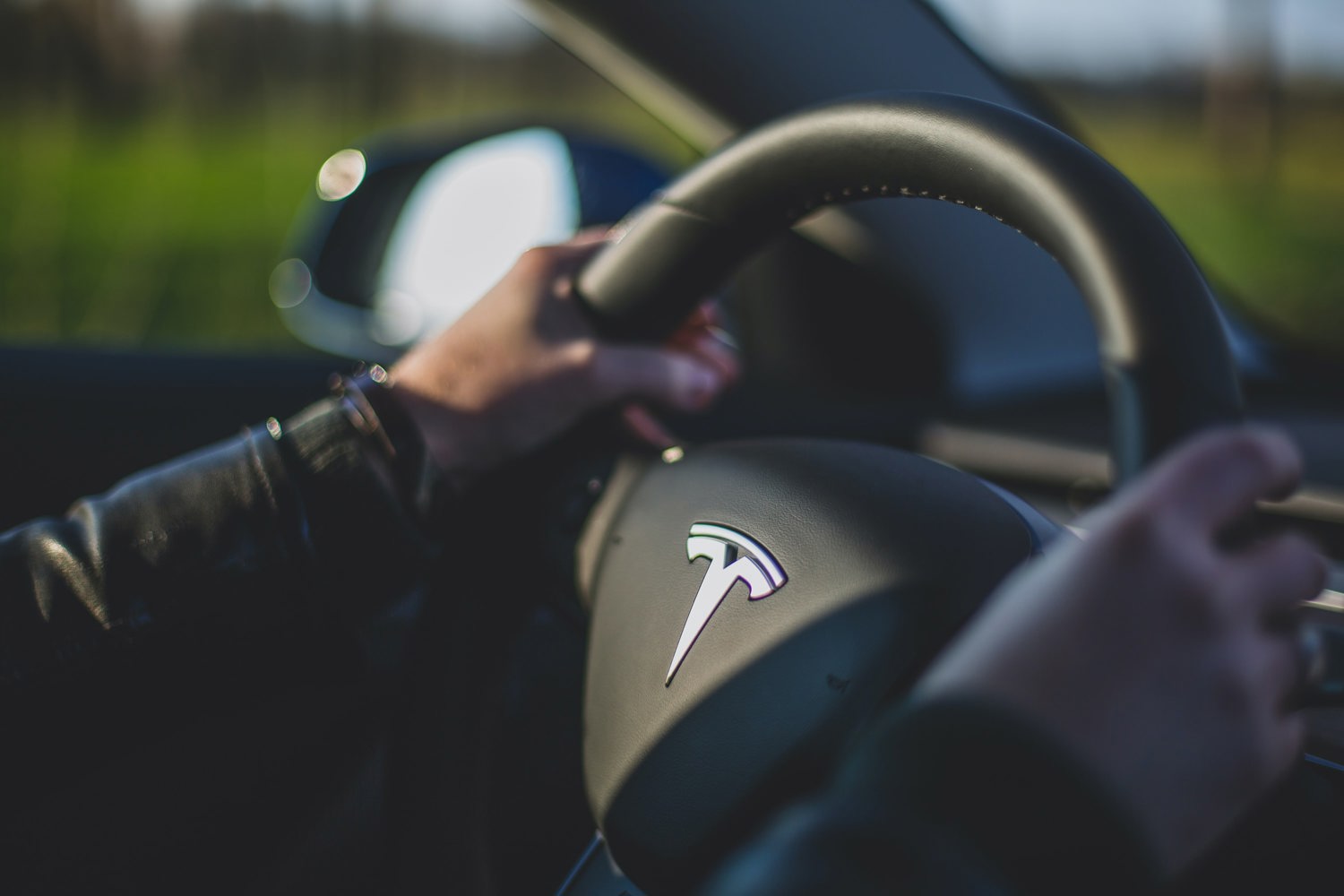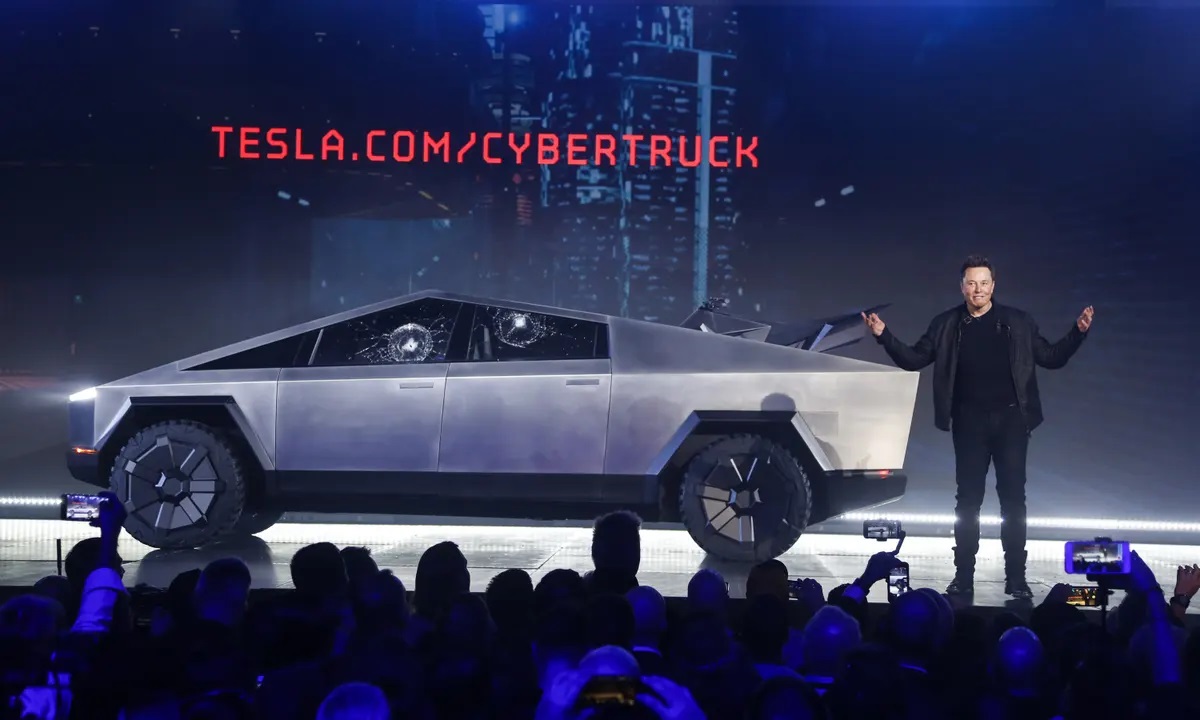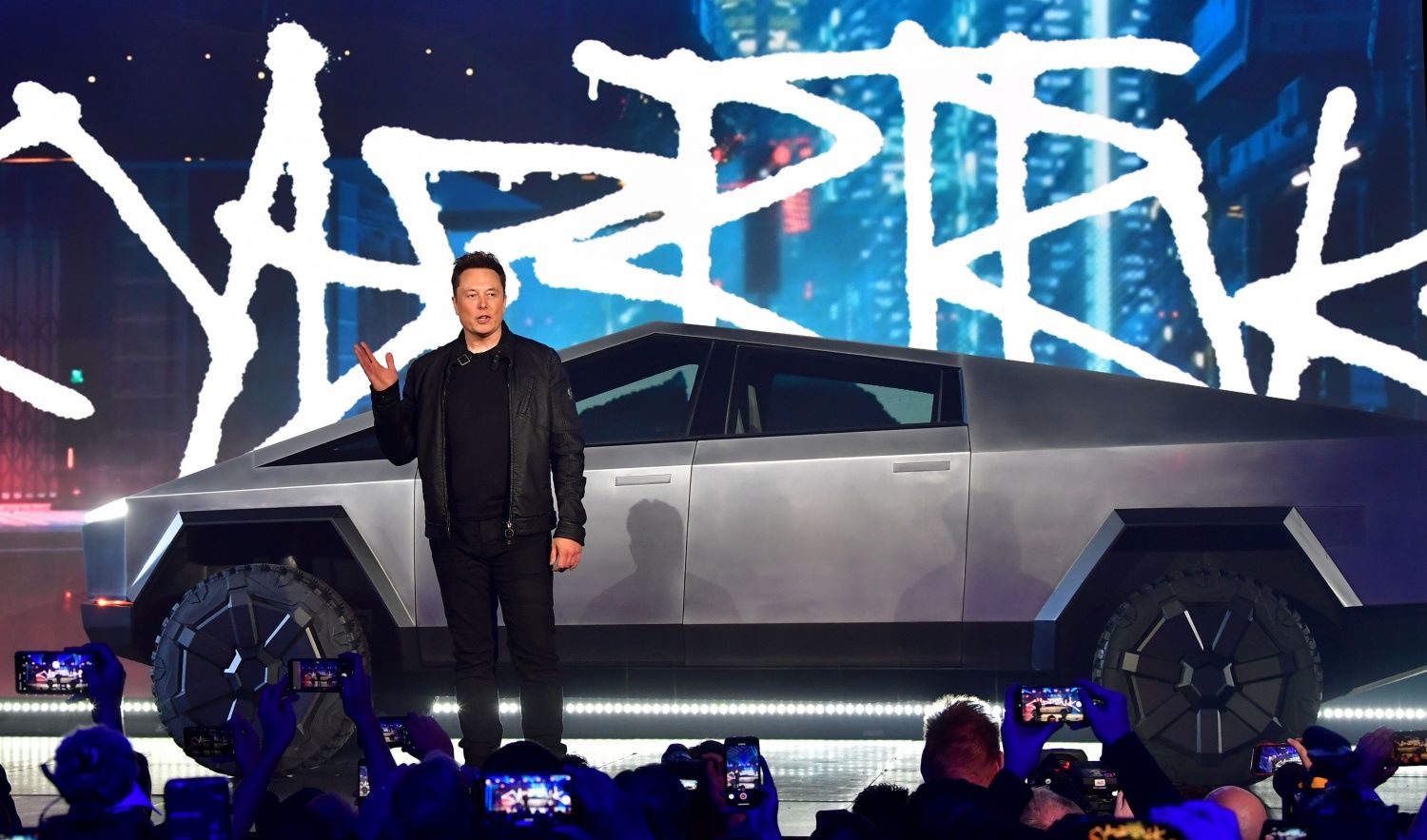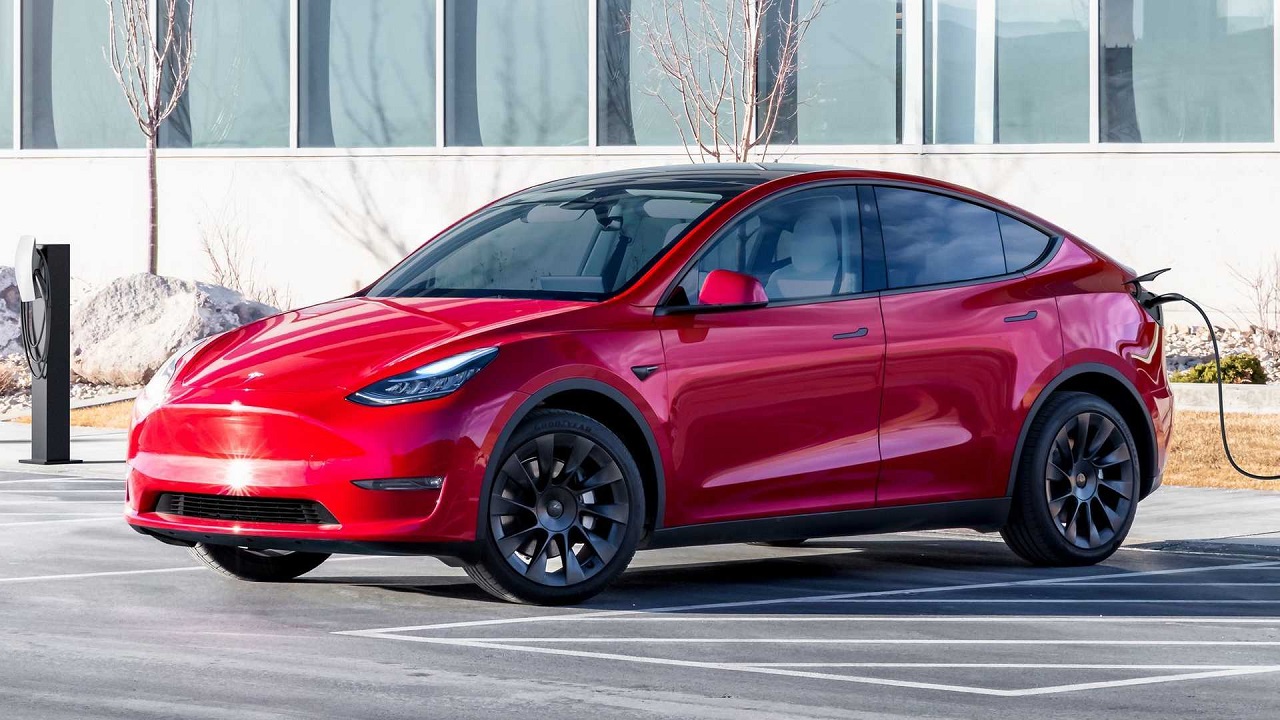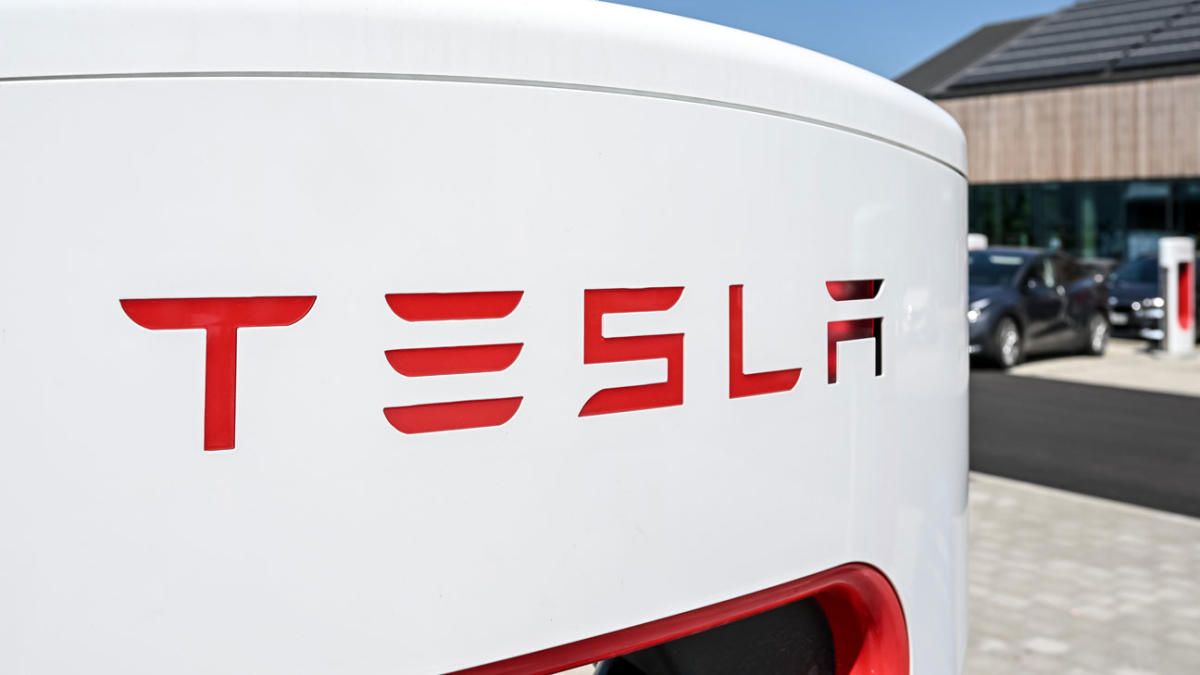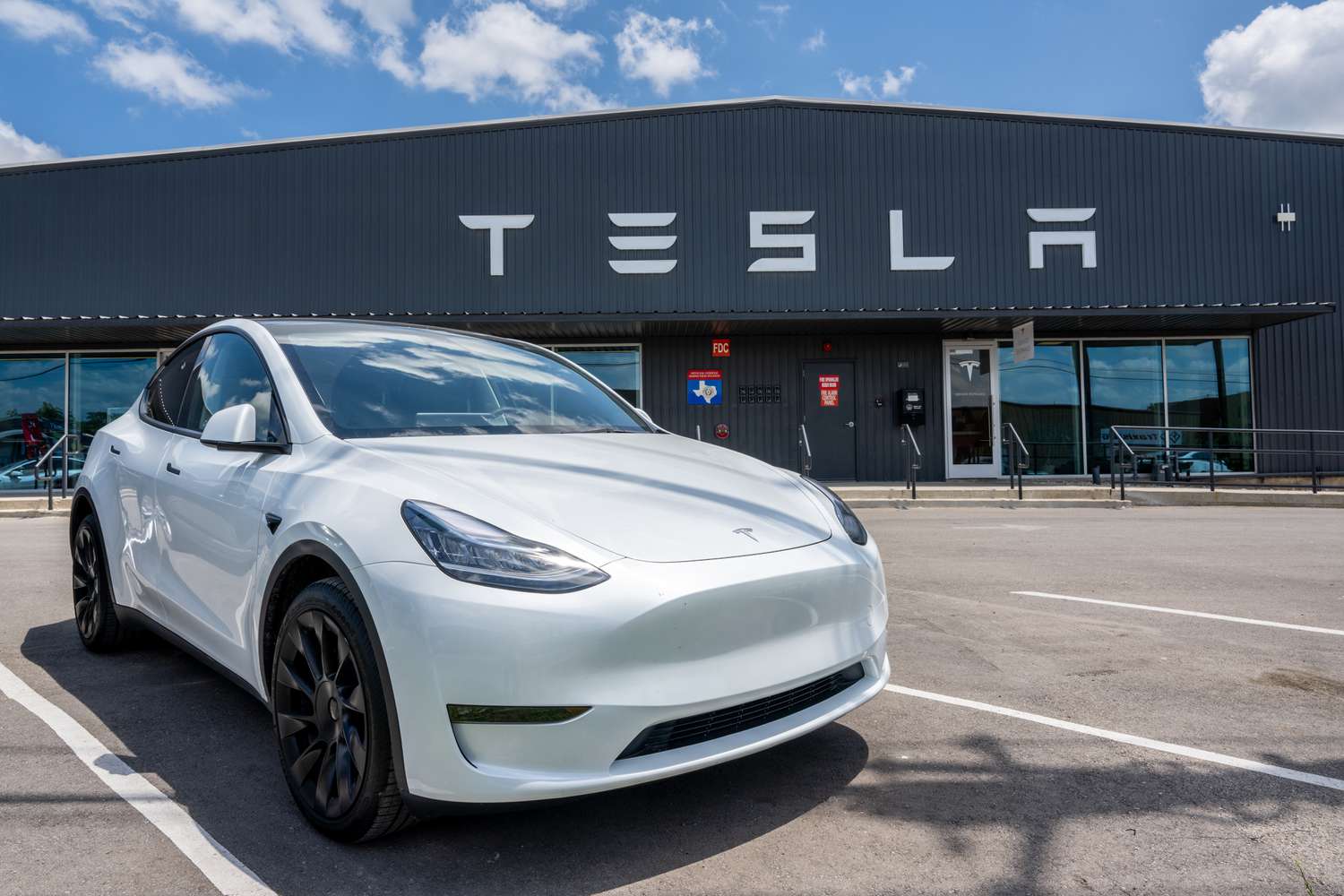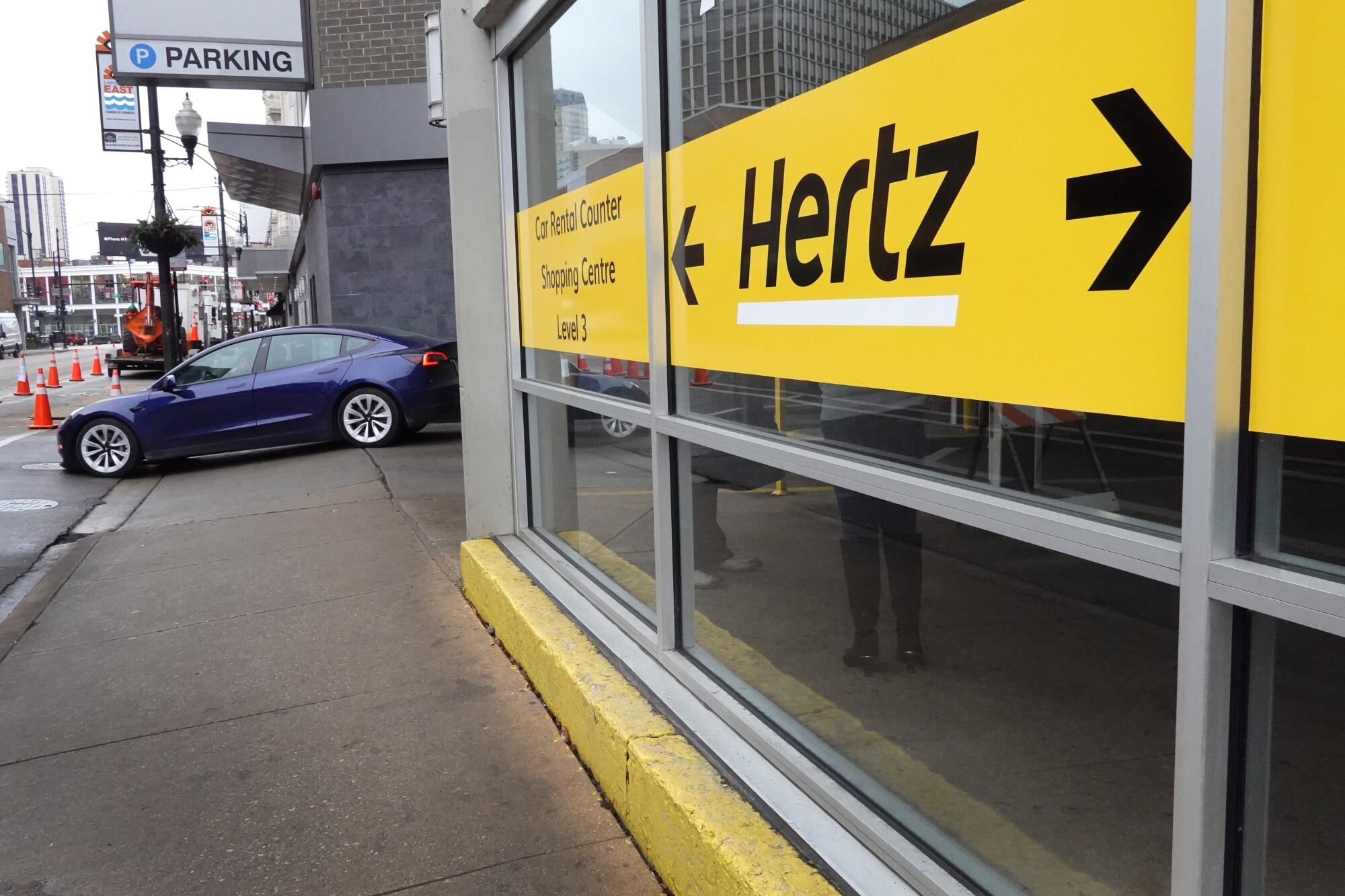Tesla, the electric vehicle (EV) manufacturer, faced a significant decline in profitability in the third quarter as a result of repeatedly slashing the prices of their EVs. The company reported a 44% drop in profits to $1.85 billion compared to the same period last year, according to their recent earnings report released on Wednesday.
Key Takeaway
Tesla’s decision to repeatedly reduce the prices of their EVs resulted in a significant decline in profitability, with Q3 profits falling by 44%. This trend has continued over the past several quarters and has put pressure on the company’s profit margins.
Despite the decline in profits, Tesla’s revenue for the third quarter reached $23.35 billion, showing a 9% year-over-year increase. This growth can be attributed to higher vehicle deliveries and the expansion of other areas of the business. However, these positive results were overshadowed by the negative impact of the ongoing price cuts on the company’s profit margins.
The gross margin for Tesla in the third quarter was reported to be 17.9%, down from 25.1% in the same period last year and 18.2% in the previous quarter. The continuous price cuts have affected the company’s ability to meet Wall Street estimates on both revenue and earnings for Q3.
Despite the disappointing earnings report, Tesla did manage to close the third quarter with a free cash flow of $800 million, a decrease from the previous quarter’s $1 billion. The reduction in profitability is mainly attributed to the lower pricing of vehicles, with the company cutting prices for their luxury models, such as the Model S and Model X, by up to $18,500 per car. Price cuts for the more affordable Model 3 and Model Y continued into October.
In addition to price cuts, Tesla cited increasing operating expenses driven by projects such as the Cybertruck and AI, as well as the cost of upgrading their factory in Fremont, California, as factors contributing to the decline in net income. The negative impact of foreign exchange rates was also highlighted as a significant factor.
Despite the challenges, Tesla emphasized positive aspects of their business, including growth in vehicle deliveries, reduced cost per vehicle, and the benefit of $7,500 Inflation Reduction Act credits. The company also saw gross profit growth in its energy storage business and an increase in regulatory credits, bringing in $554 million in zero emission tax credits in Q3, nearly double the amount from the same period last year.
Looking ahead, Tesla has maintained its outlook for the year, stating their plans to deliver 1.8 million vehicles by the end of 2023. However, in order to achieve this goal, Tesla needs to fill a 480,000 vehicle gap. The highly anticipated Cybertruck is expected to help bridge this gap, although the delivery event has been postponed to November 30, making it unlikely that many units will be delivered by the end of this year.
Given the current market conditions, especially in China where demand for Tesla vehicles has softened, the company may resort to further price cuts as a strategy for the fourth quarter. Analysts suggest that pricing adjustments could help Tesla compensate for any potential drop in demand and boost revenue, especially considering the mounting challenges faced by competitors like Lucid Motors and Rivian.
However, there are concerns about whether the decline in demand is a temporary blip or a sign of a larger shift among consumers as rising interest rates and a weaker economic backdrop discourage big-ticket purchases. Jesse Cohen, senior analyst at Investing.com, highlights this uncertainty and its potential impact on Tesla’s future performance.







